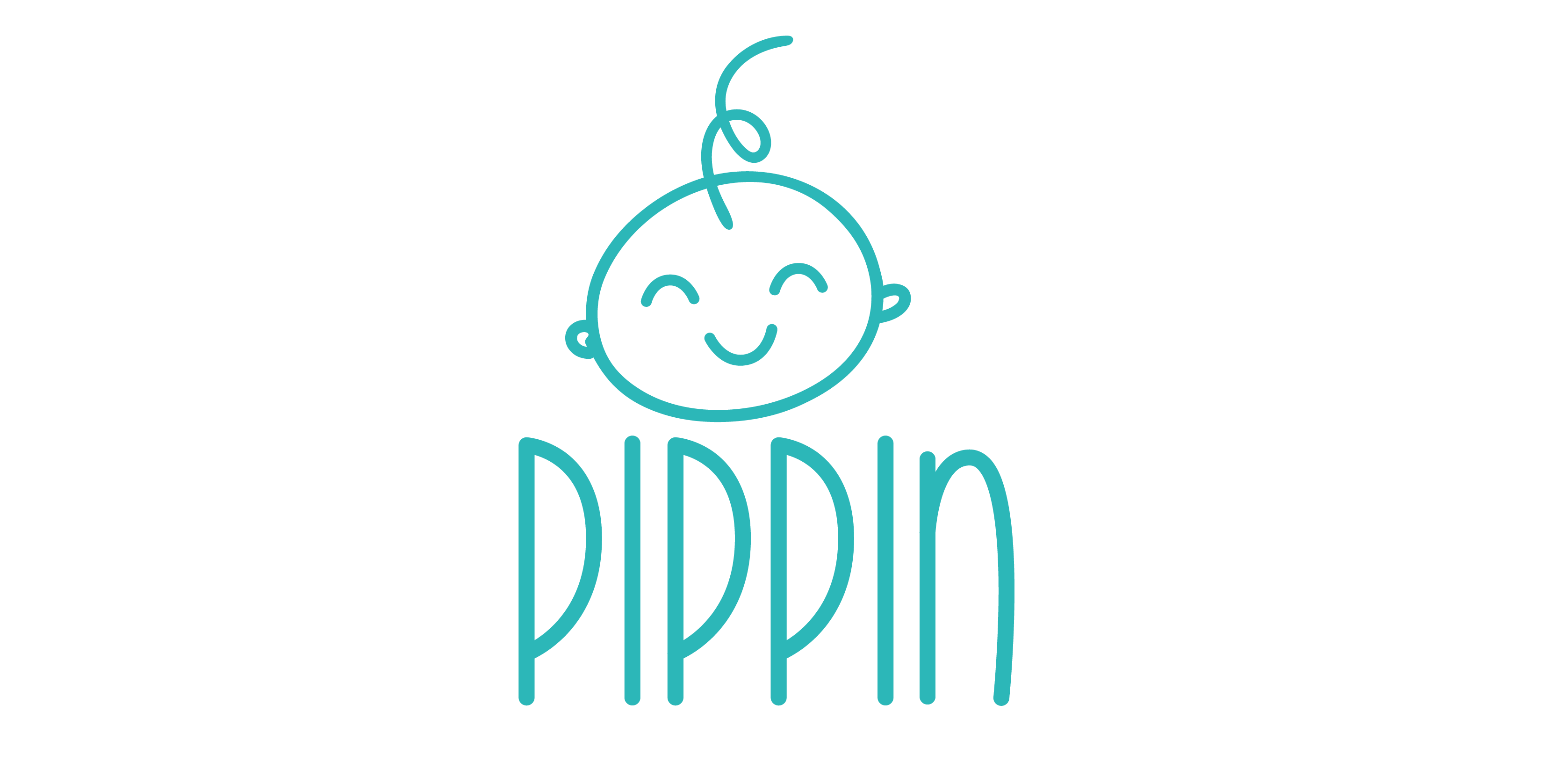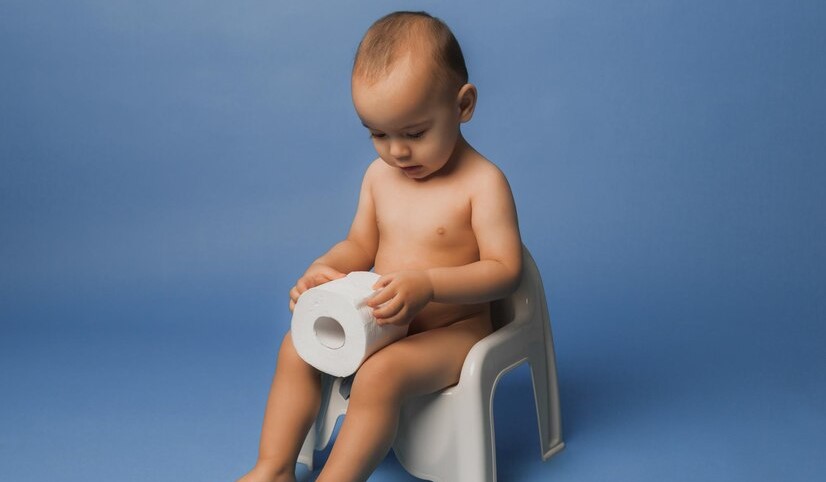Potty-training is an important milestone in both your baby’s life and your life as parents. The keys to success are patience and persistence. Before you move on to sitting your baby down on a potty, you need to make sure that he or she is ready for this new development. Most babies are ready for potty-training between the ages of 18-24 months, but it may vary from child to child. Look for signs in the physical and behavioural patterns of the baby, for example, if and how they will express it when they want to find the loo, if they can sit on a toilet by themselves and if they can stay dry up to two hours. When you feel they are ready, make a habit of using the potty every time they need to go. Keep a fixed time in the day to sit for a few minutes, such as early in the morning when they wake up or in the night before going to bed.
Here are some simple tips to make this potty-training journey an exciting one:
- Involve your child in selecting the potty – let them go through different shapes and colours, sit on a few and select the best potty for themselves.
- Keep the potty in a convenient place – The ideal place will be the bathroom, but you can choose other places considering the easy access for the baby.
- Make it as less stressful as possible – You can sit with them and sing or talk to them while they’re trying, in order to give them some assurance.
- Introduce ‘big-kid’ underwear and let go of the diaper – Let them wear exciting big-kid underwear with printed superheroes or unicorns, and gradually remove the diaper from the routine clothing.
- Reward the progress – Every time your baby uses the potty successfully, you can praise them, clap and show that you are happy, and encourage them with little rewards such as a little sweet or their favourite toy.
The most important thing you need to remember is that this is not a crash course – it takes time, and accidents will definitely happen. You have to keep trying until the child gets the hang of it, and never scold or force the child.





